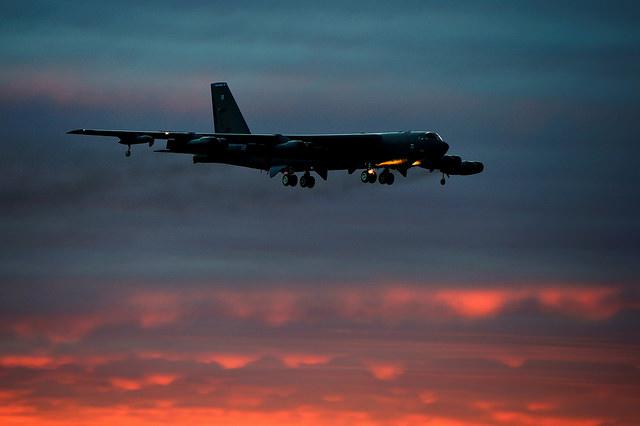Sea State
It’s been an interesting week for anyone following the developments in the South China Sea. US Commander of the Pacific Fleet Admiral Scott Swift took a trip in one of the USN’s newest spy planes over disputed waters, a decision that will ‘likely irk’ the PLA.
But while there’s a lot of talk about hard military capability in the region, The New York Times has run an interesting piece on how the Philippines’ claim against China is tracking at The Hague, stating that it’s ‘not surprising’ that claimants would seek to protect their interests through legal means.
In a similar vein, The Diplomat has run an essay on the ways that humanitarian assistance and disaster relief (HADR) could be used to cool off regional tensions. The authors argue that it isn’t the explicit tensions that we should be trying to resolve, but general mistrust of Chinese behaviour, which could be mitigated by recognising China’s land reclamations under the condition of joint usage by all stakeholders for HADR operations.
Finally, the Indian Navy has encouraged overseas contractors to register their interest by tomorrow (22 July) to design a new aircraft carrier. Letters of request were sent to BAE Systems, DCNS, Lockheed Martin and Rosoboronexport mid-last week, following the Indian ministry of defence’s allocation of US$4.83 million to the project, which will be their second indigenous carrier.
Flight path
Last week, news emerged that 20 British personnel (including three pilots) had been conducting airstrikes over Syria while embedded with US and Canadian forces. While some UK parliamentarians insist servicemen should be withdrawn given that Parliament opposed military intervention in Syria in 2013, others, including the former chief of the air staff, Sir Michael Graydon argue the exchange programme with allies is a valuable and long established practice. The line is a little blurred: while embedded personnel operate under the mandate of the foreign force, they also remain ‘subject of UK law, policy and military jurisdiction’.
On 1 July, two USAF B-52 bombers conducted a nonstop, long-range simulated bombing mission to Australia. Named a ‘bomber assurance and deterrence’ (BAAD) mission, the 44-hour flight simulated an attack on the Delamere test range and used inert conventional bombs. Despite efforts to downplay the mission as directed at China, the flights were still described by US Air Force Lieutenant Colonel John Varilek as exercises to assure US allies and deter its foes.
The C-130 plane crash that killed 140 people in Indonesia last month drew attention to Indonesia’s aging aviation fleet. Last week, the Indonesian Defense Minister Ryamizard Ryacudu announced plans to decommission all military aircraft more than 30 years old. Over at The Diplomat, Prashanth Parameswaran however notes this won’t be easy, given that 52% of the military’s aircraft fall into this category. He emphasises the importance of properly contextualising the challenge to prevent misunderstanding and to manage expectations.
Rapid Fire
Last Thursday Islamic State-affiliated group ‘Sinai Province of the Islamic State’ claimed credit for a rocket attack on an Egyptian naval vessel. The incident is reminiscent of a missile attack on an Israeli Patrol boat by Hezbollah back in 2006 and demonstrates the ability of non-state actors to successfully deploy sophisticated weaponry.
Three women have progressed to the Mountain Phase in US Ranger School training, showing progress in women advancing to combat roles in the US military. For the Marines however, tension is brewing over the dismissal of the leader of a Marine Corps all-women boot camp. Former Marine, Elliot Ackerman, gives his opinion on gender integration in the Marine Corps, saying that the challenge is institutional not physical. Last week US Secretary of Defense Ash Carter continued the push for equality by announcing plans to lift the current ban on openly transgender people serving in the military.
The previously discussed and highly controversial exercise Jade Helm 15 kicked off last Wednesday. In a great shock to nobody important, the US military didn’t immediately impose martial law over Texas. In fact citizens have reported noticing little activity since the training exercise commenced.
Finally, Defense One technology editor Patrick Tucker gives an overview of tech changes expected over the next ten years to equip and modernise soldiers.
